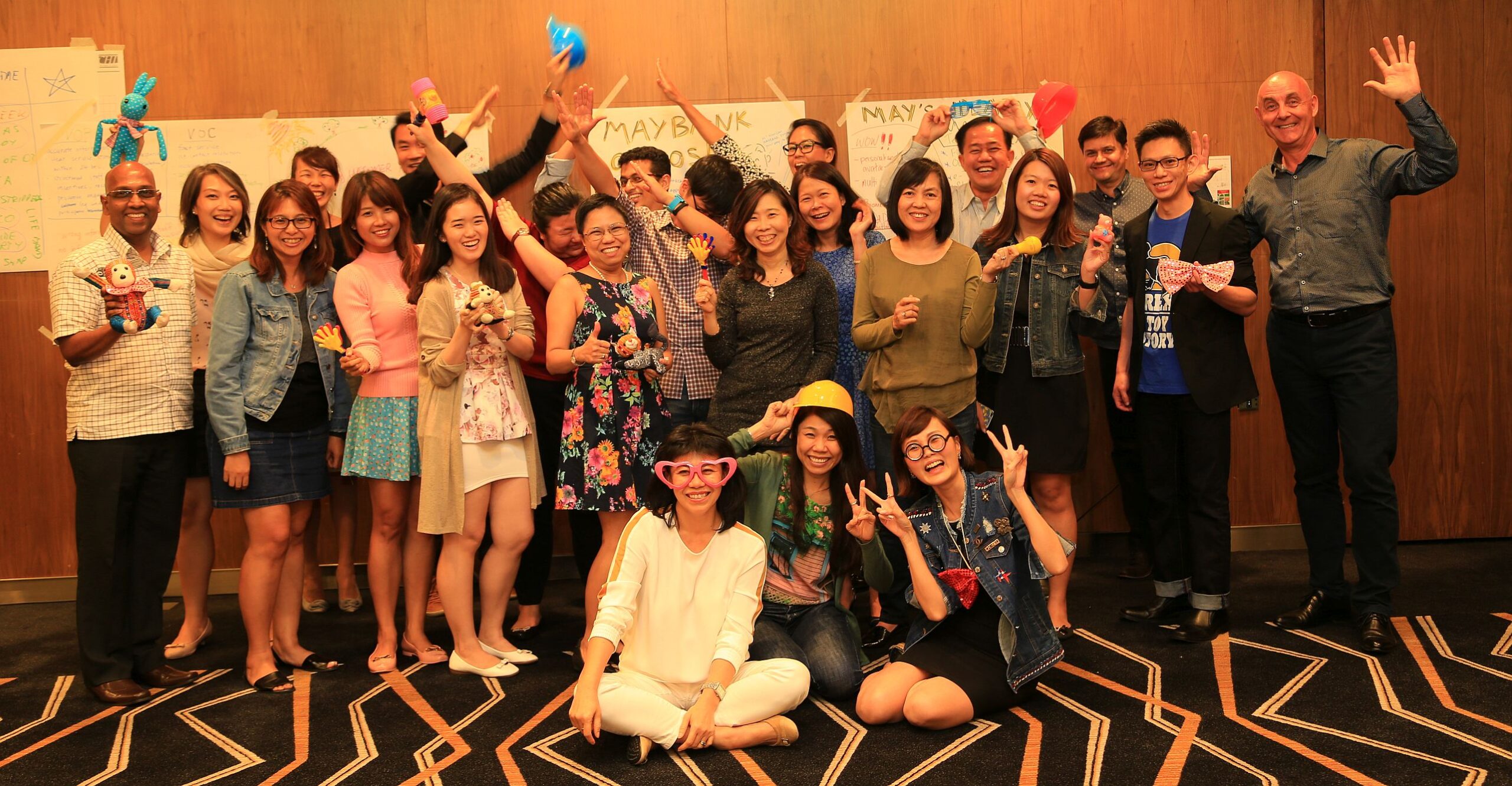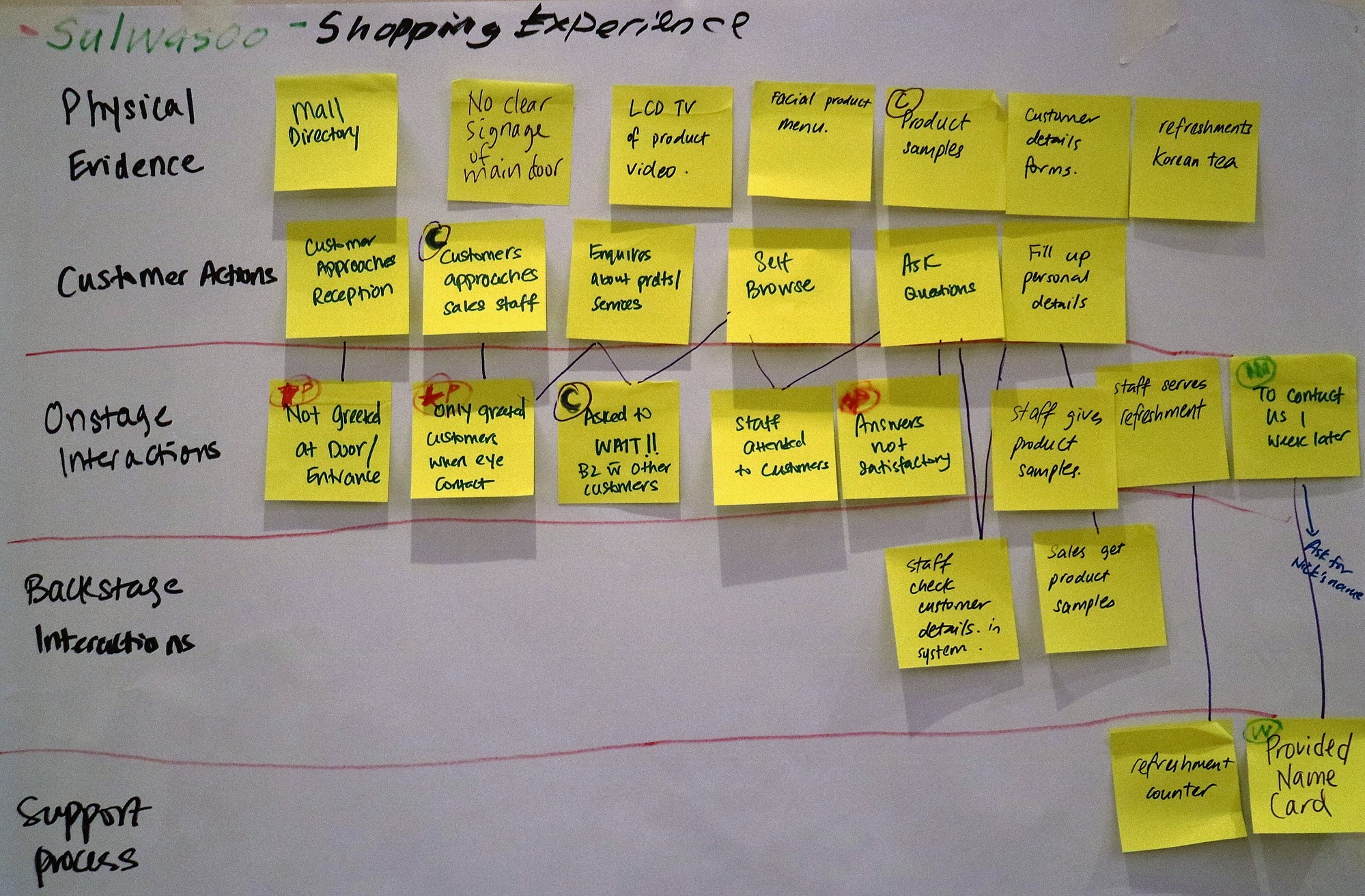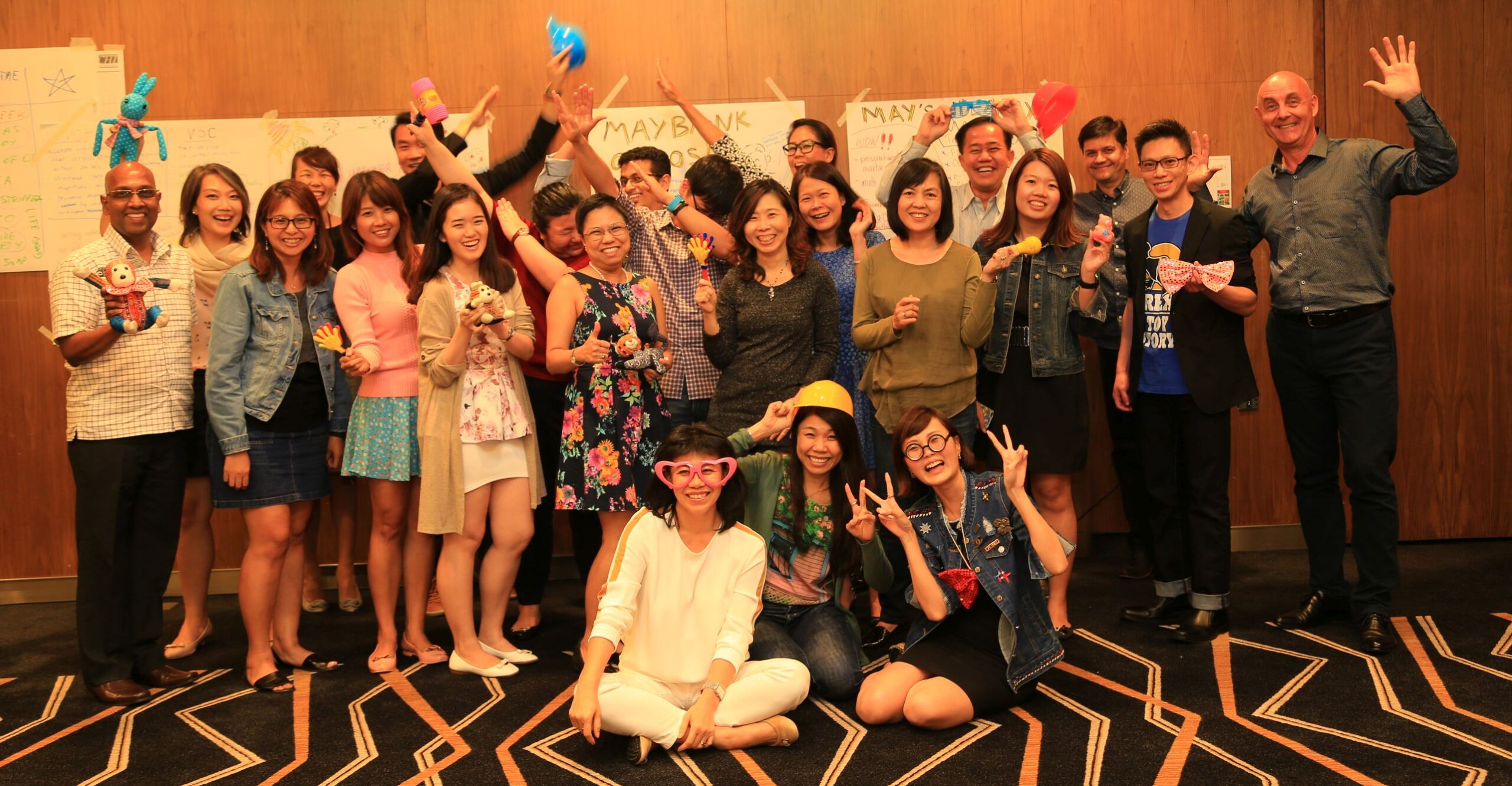Imagine you join a new kind of job in a different line of business you don’t have any experience in....
- +65 61000 263
- Contact@COE-Partners.com
- Newsletter
Imagine you join a new kind of job in a different line of business you don’t have any experience in....

All Posts Innovation 6 Dec 2024 Organisational Transformation: Steps and Success Factors 25 Sep 2024 Cannot say “Cannot”: Breaking the...

Especially in service organisations, productivity is usually quite low due to a lack of efficiency caused by a missing focus...
“We need to increase productivity!” What sounds very reasonable on a country scale could be damaging on a company level....
To find the most valuable Six Sigma projects – ones with the highest system-level leverage – can require systems thinking...
Increase in productivity can be achieved in multiple ways. The myth of implementing IT support as cure-all for productivity problems...
The DMAIC toolkit is excellent for solving technical complexity problems. However, Lean Six Sigma tools are not as adept at...
Besides business and functional know-how, a successful leader must have competencies in leading change and improving, designing and managing processes....
Some time ago, I was facilitating a Six Sigma project group involved in solving a process challenge. This group had...

Rejecting a null hypothesis when it is false is what every good hypothesis test should do. The “power of the...
New undertakings or experiences are always challenging at first. This is no different when Schenker Singapore (Pte) Ltd, a transportation...
A typical Friday evening starts with a family dinner in a nice atmosphere. This time we decide to visit one...
A couple of months ago, I was having lunch with the Chairman of a medium-sized contract manufacturing company in Singapore....

Coaching is “Expanding a person’s capacity to take quicker, more effective actions.” Robert Hargrove. In a coaching culture people continually...

Everyone, undoubtedly, has had the unenviable honour of experiencing ‘bureaucratic government processes.’ Be it applying for your first ID or...
Copyright © 2025 by COE Pte Ltd. All Rights Reserved.